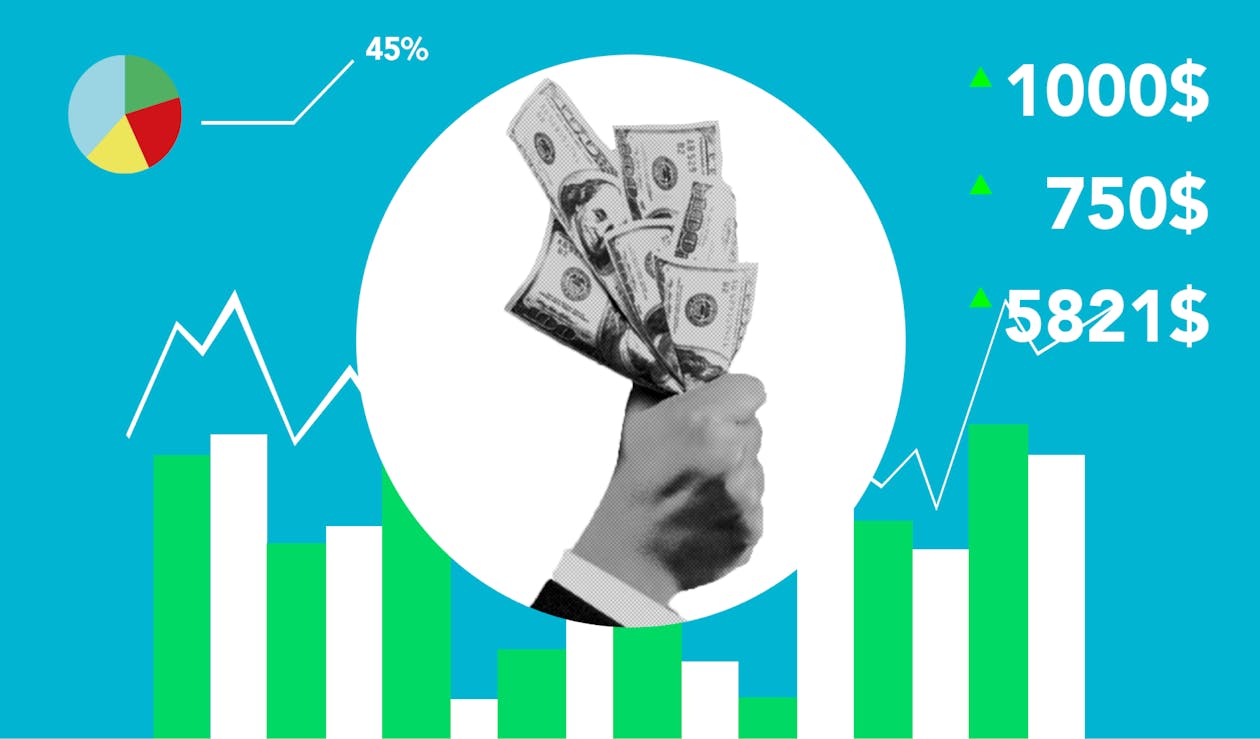Dividend safety is a crucial consideration for income-focused investors seeking to build a sustainable and reliable income stream.
This comprehensive guide will explore the key metrics and ratios used to evaluate dividend safety, helping you make informed decisions when selecting dividend-paying stocks.
Key Metrics and Ratios for Assessing Dividend Safety
- Dividend Payout Ratio
The dividend payout ratio measures the proportion of earnings a company pays to its shareholders as dividends. A lower payout ratio indicates a more sustainable dividend, as it leaves room for the company to grow its dividend or maintain it during difficult financial periods. - Free Cash Flow Payout Ratio
Similar to the dividend payout ratio, the free cash flow payout ratio compares dividends paid to the company’s free cash flow. This metric provides a more accurate picture of a company’s ability to cover its dividend, as free cash flow represents the cash available for distribution to shareholders after accounting for capital expenditures. - Earnings Growth
A company with consistent earnings growth is more likely to maintain or increase its dividend over time. Look for companies that demonstrate a strong track record of increasing earnings and positive future growth prospects. - Debt-to-Equity Ratio
A lower debt-to-equity ratio indicates a stronger financial position and a lower likelihood of dividend cuts due to financial constraints. Companies with high debt levels may struggle to maintain their dividend payments in times of financial stress. - Dividend History
Companies with a long history of consistent dividend payments are more likely to prioritize dividend safety. Look for companies that have maintained or grown their dividends through various market cycles. - Current Ratio
The current ratio is a measure of a company’s liquidity and its ability to meet short-term obligations. A higher current ratio indicates a stronger financial position, reducing the risk of dividend cuts due to liquidity issues. - Return on Equity (ROE)
ROE measures a company’s profitability by comparing net income to shareholder’s equity. A higher ROE indicates the company is more efficient at generating profits, which can contribute to a safer and more sustainable dividend. - Dividend Yield
Although a high dividend yield may seem attractive, an excessively high yield can sometimes signal potential issues with dividend sustainability. Compare the dividend yield to industry peers and historical averages to identify potential red flags. - Interest Coverage Ratio
This ratio measures a company’s ability to meet its interest payments on outstanding debt. A higher interest coverage ratio indicates a lower risk of financial stress, which could impact dividend payments. - Payout Consistency
Analyze the consistency of a company’s dividend payments over time. Companies that have maintained a stable dividend payout or increased it regularly are more likely to prioritize dividend safety. - Industry Stability
The stability of the industry in which a company operates can impact its dividend safety. Companies in more stable industries, such as utilities or consumer staples, are generally better positioned to maintain consistent dividend payments compared to those in more cyclical or volatile sectors. - Revenue Diversification
Companies with diversified revenue streams, either across different product lines or geographical regions, are typically more resilient to economic downturns or industry-specific challenges. Diversified revenue can contribute to a more stable dividend payment. - Operating Margin
A healthy operating margin demonstrates a company’s ability to generate profits from its core business operations. Companies with higher operating margins are generally in a stronger position to support and grow their dividends. - Payout Growth Rate
Analyze the historical growth rate of a company’s dividend payout. Companies that consistently increase their dividends over time are more likely to prioritize dividend safety and have the financial capacity to support future dividend growth. - Dividend Reinvestment Plans (DRIPs)
Consider enrolling in DRIPs for companies with strong dividend safety profiles. DRIPs allow you to reinvest your dividends automatically, increasing your share ownership and compound growth potential.
Conclusion
By understanding and utilizing key metrics and ratios for assessing dividend safety, investors can make better-informed decisions and select stocks with a higher likelihood of providing sustainable income. Incorporate these metrics into your analysis,
considering these additional tips and factors, you can further enhance your analysis of dividend safety and make more informed investment decisions. A comprehensive evaluation of a company’s financial health and dividend sustainability can help you build a resilient and reliable income stream.
Remember to visit our blog frequently for new articles, resources, and insights on dividend investing.
Utilize Yahoo Finance’s stock screening tools and financial data to research and analyze dividend-paying stocks and their safety profiles.
Access information on dividend-paying stocks, including historical payout data, dividend growth rates, and industry comparisons.
